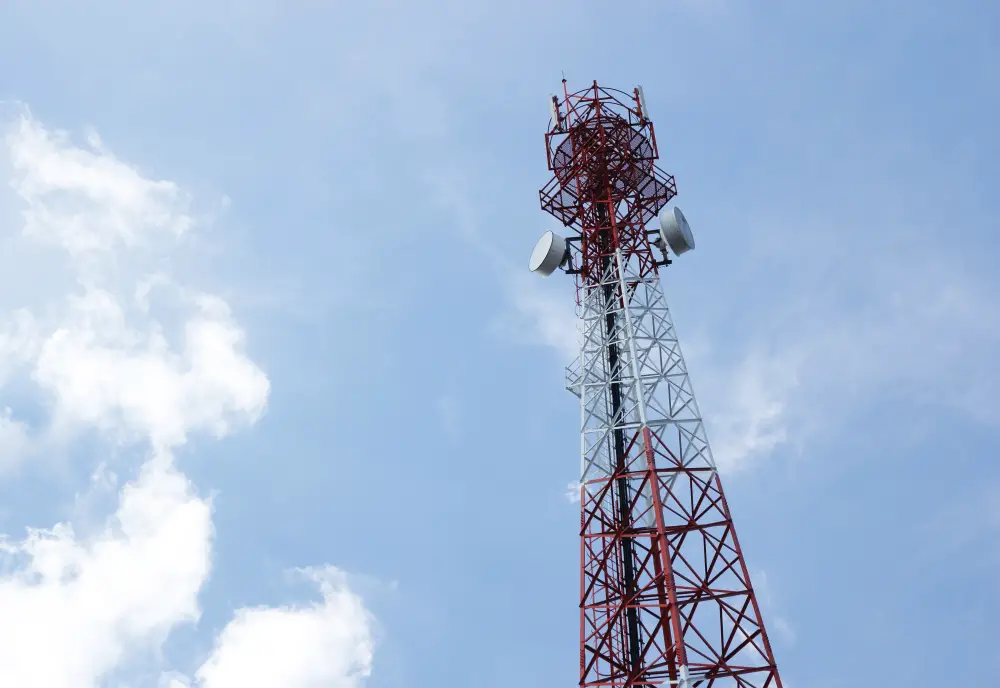Last updated on
In today’s increasingly digital world, the average home is filled with numerous devices that emit electromagnetic fields (EMFs). From Wi-Fi routers to smartphones, the presence of these devices has sparked concerns about potential health risks, particularly regarding children, who are more susceptible due to their developing bodies.
This article explores the safety of children regarding EMF exposure at home and provides insights into protective measures you can take.
Understanding EMF and Its Sources

Electromagnetic fields are areas of energy that surround electronic devices. The World Health Organization categorizes EMFs into two main types: low-level non-ionizing and high-level ionizing radiation. The common household devices emit non-ionizing radiation, which includes frequencies from electrical power, microwaves, and radio waves, among others.
The increasing deployment of wireless technology has led to growing scrutiny over the safety of newer technologies, including 5G networks. For instance, many parents are concerned about 5g side effects, especially as these networks become more widespread and their children’s exposure inevitably increases.
While 5G technology promises faster internet speeds and connectivity, the long-term health effects are still a subject of ongoing research and debate.
Health Risks Associated with EMF Exposure
Research on EMF exposure and its health impacts has been extensive yet inconclusive, with studies showing mixed results. Some research suggests that prolonged exposure to EMFs can lead to a variety of health issues, such as:
- Sleep disturbances: EMFs can interfere with sleep patterns by affecting the production of melatonin, a hormone that regulates sleep.
- Cognitive disruption: Children exposed to high levels of EMFs may experience problems with concentration and memory.
- Behavioral changes: It is believed that EMF exposure is linked to behavioral changes in children, such as increased irritability or anxiety.
- Cellular stress: Long-term exposure to EMFs may cause oxidative stress, which can damage cells and contribute to developing chronic diseases.
Despite these findings, the scientific community has not reached a consensus on the severity of these risks, and more research is needed to fully understand the implications.
Guidelines and Standards for EMF Exposure

Various international and national organizations have developed specific guidelines to control EMF exposure to ensure public safety. These guidelines reflect the consensus on safe levels of exposure based on extensive research, including laboratory studies that identify adverse effects of radiation on biological systems.
Key among these organizations is the International Commission on Non-Ionizing Radiation Protection (ICNIRP), which provides guidelines many countries follow.
In the United States, the Federal Communications Commission (FCC) is responsible for regulating EMF exposure. The FCC’s standards are influenced by expert recommendations from prominent bodies, including:
- Institute of Electrical and Electronics Engineers (IEEE): This organization provides research-based insights and updates on EMF exposure limits.
- National Council on Radiation Protection and Measurements (NCRP): This council offers guidance on minimizing radiation-related health risks.
The guidelines set by these organizations ensure that exposure to EMF from various sources like mobile phones, base stations, and TV antennas remains within safe limits, thus protecting public health. These standards are regularly updated to reflect new scientific data and technological advancements.
Protective Measures to Reduce EMF Exposure
If you are concerned about your children’s EMF exposure, you can take several practical steps to minimize risks. These include:
- Distance is your friend: Keeping distance from EMF sources can significantly reduce exposure levels. For instance, placing Wi-Fi routers away from where children spend most of their time can help.
- Limit device usage: Encouraging limited use of mobile devices, especially before bedtime, can reduce exposure and prevent potential disruptions to sleep.
- Use wired connections: Whenever possible, opt for wired internet connections and peripherals, which do not emit EMFs.
- EMF shielding products: There are various products available that claim to shield users from EMF exposure, such as special cases for smartphones or blankets designed to block EMF. However, the effectiveness of these products can vary, and they should be chosen carefully.
Educating and Monitoring
Education is a fundamental tool in safeguarding children from the potential risks associated with technology. Educating yourself and your children about the proper and safe use of electronic devices creates an environment ripe for awareness and precaution.
This proactive approach can significantly reduce potential health risks linked to prolonged exposure to electromagnetic fields (EMFs). Key strategies include:
- Teaching children about the importance of taking breaks from screens
- Encouraging activities that do not involve electronic devices
- Setting clear rules for device usage in different settings, such as during meals or before bedtime.
Additionally, regularly monitoring how long and where your children use their devices can help you manage and mitigate exposure effectively.
The Takeaway
While the debate on the impact of EMF exposure continues, it is prudent to consider the potential risks and take steps to mitigate them. By understanding EMFs’ sources and possible health effects, implementing protective measures, and staying informed through credible sources, you can better safeguard your children’s health in this technology-driven world.




